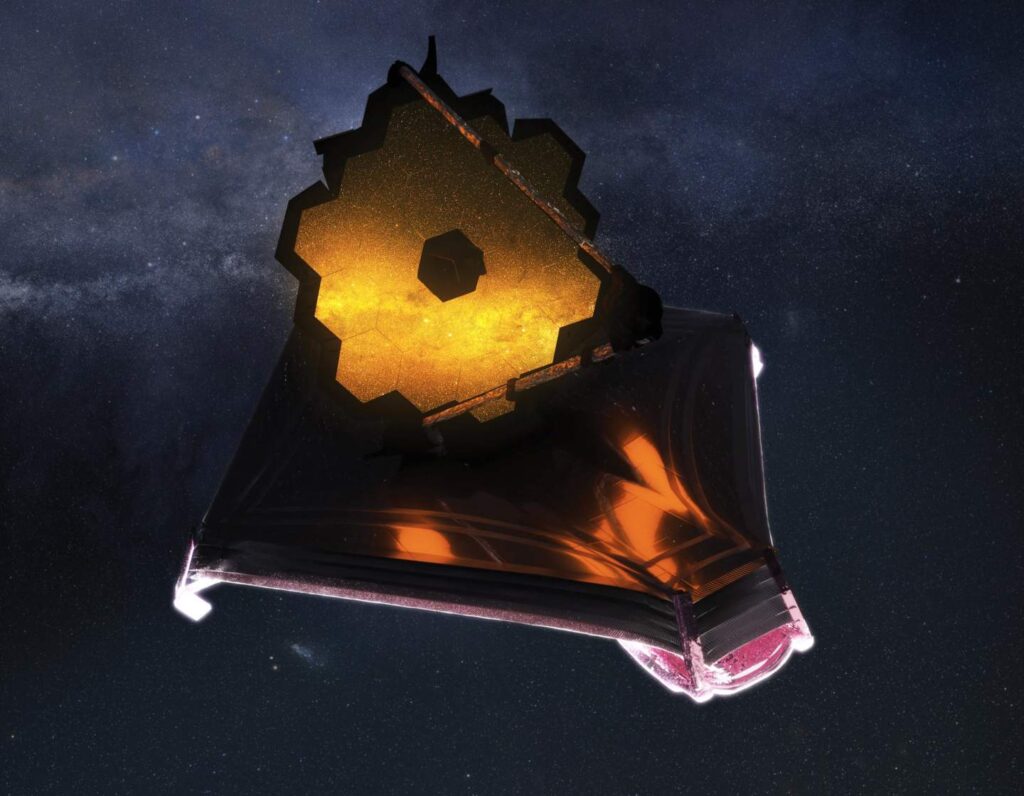James Webb Space Telescope, the next generation telescope will be the successor to Hubble, recently arrived at his new home. This will orbit the sun at a point called L2, or the second Sun-Earth Lagrange point, from where it will be able to peek into space and cover the sky in all directions while moving around the sun.
Adriana Manrique Gutierrez, NASA ANIMATOR
After that starting science operations, the telescope will be used to learn everything from black holes to some the farthmost and old-fashioned galaxies, effectively looking into the past to the period in the initial universe when some first galaxies are formed. But before the astronomers can get this valuable data, there are a few more steps to make Webb ready to work.
At present, the WebB team is working on adjusting the primary and secondary telescope mirror. The primary mirror is a set of 18 Hexagon which is suitable for making a total mirror of 6.5 meters (21 feet). The secondary mirror is a much smaller convex mirror, which is located at the end of several long booms. The team needs to ensure that these two mirrors line up exactly and harmonized with extreme precision, to allow Webb to take very vague signals with great accuracy.
The process of aligning a mirror is a long and complex, because it uses a total of 126 actuators that will move each segment of the primary mirror plus six devices to adjust the secondary mirror. Each mirror section needs to be changed with the nanometer precision, and the adjustment period will take several months (through NASA).
“Getting will be patience: Computer-controlled mirror actuators are designed for a very small movement measured in the nanometer,” Marshall Perrin from the Space Telescope Science Institute explained (through NASA). “Each mirror can be moved with a very good precision, with a small 10 nanometer adjustment (or around 1/10,000 human hair width).”
As well as mirror’s leveling, the Webb team will also begin to activate and then calibrate the telescope instrument. Webb has four main instruments – Near-infrared or Nircam cameras, almost infrared or nirspec spectrographs, middle or miri infrared instruments, and fine guide sensors / near infrared imagers and FGS / NIRSA (through NASA). Each needs to be turned on and then be adjusted carefully so that it can take accurate science data. It will take around six months, after that the five-year science mission telescope can begin.
So we have to be patient just for a little longer while we wait for the first data from this extraordinary new tool to understand the universe. “For the past month, JWST has achieved extraordinary success and is an award for all those who spend years and even decades to ensure the success of the mission,” said Bill Ochs, Webb Project Manager at NASA’s Goddard Space Center (via NASA). “We are now on the verge of aligning mirrors, activating instruments and commissioning, and the beginning of amazing and amazing discoveries.”

